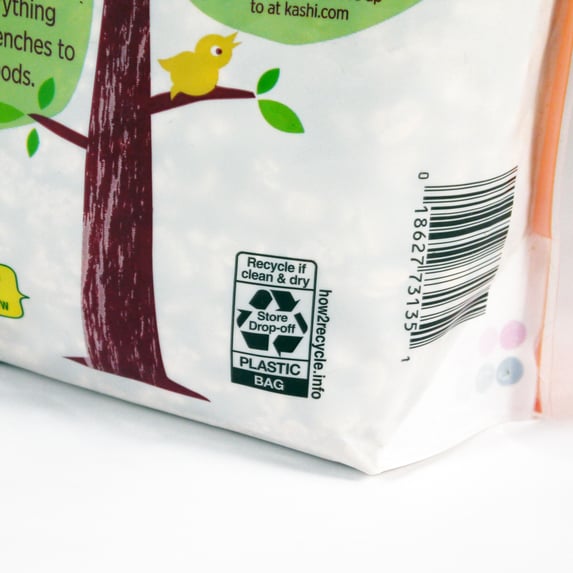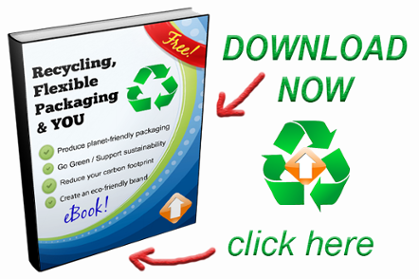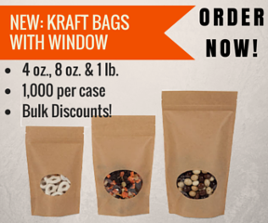Climate change is certainly a hot topic in this day and age – global warming is a key discussion point across all corners of our world, and leading brands are raising awareness and visibility of this important issue with new sustainability initiatives.
As consumers grow more conscious of the effects climate change has on the environment, they actively seek out new resources to learn more about the issue and discover how they can do their part to combat it. Consumer education is highly important for sparking real social and environmental change, and many seek out information from service providers and experts they trust. One of the most influential ways brands can establish themselves as trusted thought leaders and crusaders for global change is by including product packaging as part of their marketing plan.
As Richard Karney points out at The Hill, making product information readily available, and providing easy ways for people to understand the environmental effects of the items they purchase, can help industries make major improvements and earn loyal brand advocates who care about their company and its effects on the ecosystem. Battling climate change involves many complicated steps and actions, but businesses can make small changes in their operations to deliver the importance of ethical sustainability.
Nestle and Purina are two big brands making news because of their expertly developed on-package recycling information. By using a new How2Recycle label, the companies are actively educating consumers about which packaging materials can be recovered, thus reducing the amount of waste that accumulates in landfills.
Product packaging is a quick and effective way to let consumers know how they can do their part to recycle and keep the earth healthy and clean.
Many brands are also embracing eco-friendly packaging solutions like kraft stand up pouches because they are considerably less damaging on the environment than bulky, rigid containers. Kraft stand up zipper pouch bags are lightweight and flexible, so more can be fit on trucks during the transportation process, thus reducing the amount of carbon emissions and air pollution that occurs when high quantities of fuel are burned.
Kraft stand up pouches with window also help brands boost their transparency, and they serve as an excellent canvas for labels, graphics, and text that educates consumers about the environmental advantages this form of product packaging has over more traditional, outdated alternatives.
While it’s true that today’s savvy consumer can learn a tremendous amount about sustainability at their fingertips via mobile devices, brands can take advantage of the way people interact with their products on a day-to-day basis by including a condensed version of this info right on the packaging. People will be using these products and reading the packaging labels anyway, so kraft stand up pouches and other easy-to-handle containers serve as a great tool for consumer education.
Packaging has the ability to grab a customer’s eye and influence their decision making in three to four seconds. Brands that use kraft stand up zipper pouch bags and other lightweight, recyclable, lightweight containers to both protect their product and communicate helpful tips and sustainability facts will speak to eco-minded shoppers much better than brands relying on traditional promotional taglines and wasteful or non-functioning packaging that does more harm to the earth than good. Making education an essential part of your overall brand and marketing strategies will strengthen your relationships with your customers and provide important resources for them to take quick and easy action in an effort to help combat climate change.(Image Source: GreenBlue)
Related Posts:
Environmentally Friendly Stock Pouches—A Review
Kraft Stand Up Pouches: Sustainable Solutions for Your Product
Stand Up Bags Help the Environment
3 Ways Protective Packaging Can Improve Food Marketing








